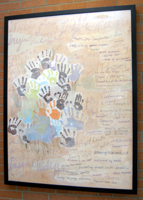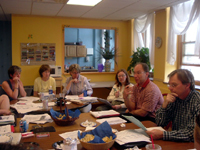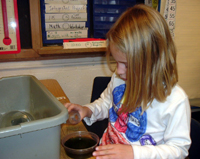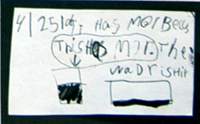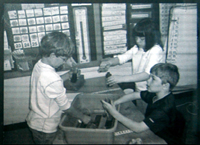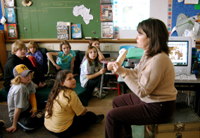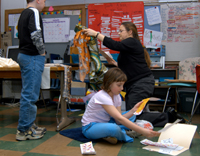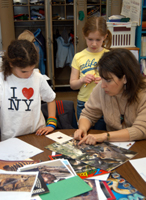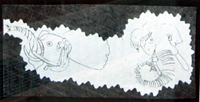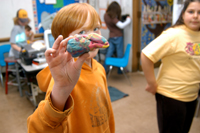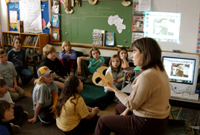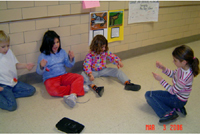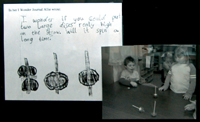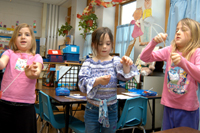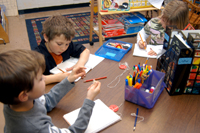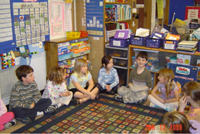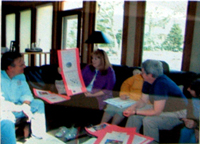In 1972, the Upper Arlington Informal Program (Columbus, Ohio) was begun by teachers and parents working closely with educational visionaries at The Ohio State University to create an alternative form of schooling for children in the community. The program continues to be offered today as a parent-choice alternative. Beginning this fall, our new name will be the Wickliffe Progressive Community School. Our goals are to foster intellectual growth, curiosity, and excitement in learning through progressive education practices.
Although we have existed since 1972, in the past decade our teaching practices have faced challenges from state and federal mandates. As society demands that we cover more curriculum beginning in kindergarten, our best hope is that (our relationship with) learning to document will help us renew our philosophical roots and once again take the time to listen to children.

